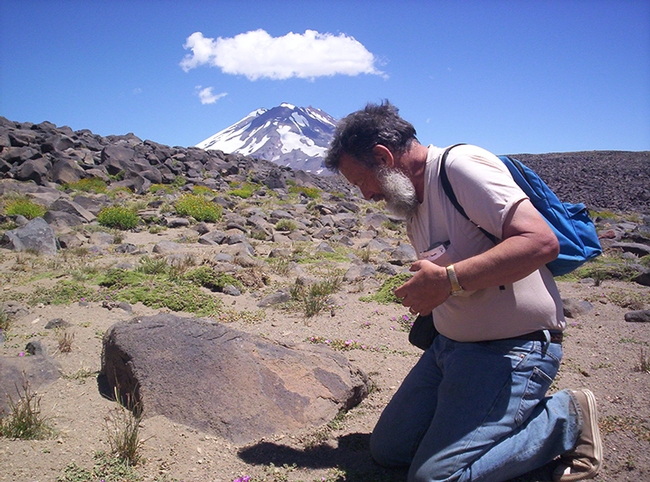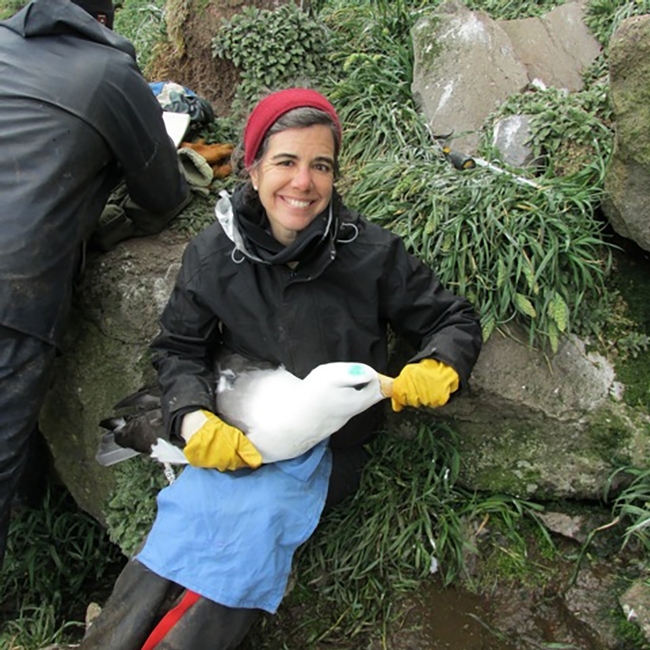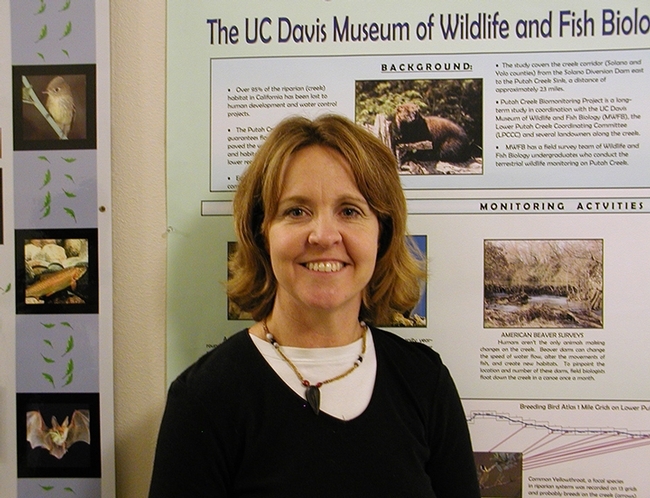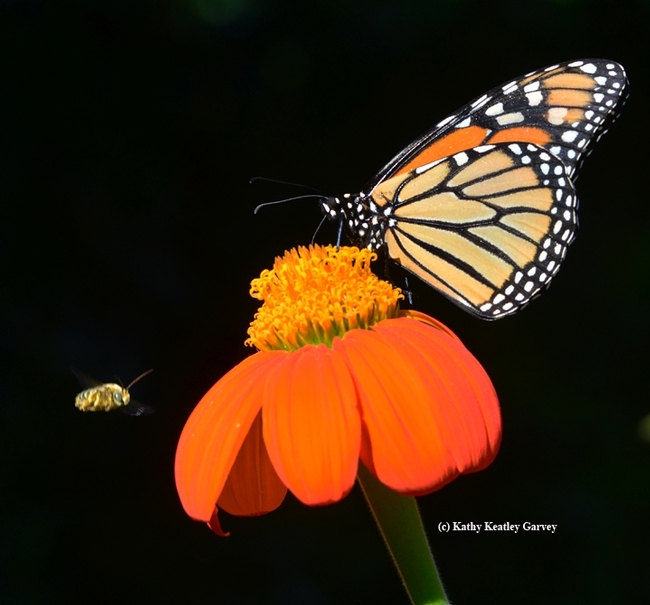
Three noted UC Davis scientists will speak at a special forum from noon to 1 p.m. in Room 194 of Young Hall at the ninth annual UC Davis Biodiversity Museum Day on Saturday, Feb. 15.
The slate of speakers:
- Art Shapiro, distinguished professor of evolution and ecology, will discuss “Are Our Butterflies in Trouble?” (“Yes, they mostly are in trouble,” he says. He will discuss “How do we know and why?”)
- Gabrielle Nevitt, professor of animal behavior (on leave), will speak on “How Do Sub-Antarctic Seabirds Find their Food in the Vast Ocean?” (“They follow their nose," she says, "and sometimes it gets them into trouble.”)
- Melanie Truan, research ecologist, UC Davis Museum of Wildlife and Fish Biology, will cover “Biodiversity Studies at the UC Davis Wildlife Museum.” Biodiversity studies, she says, “can tell us a lot about the world and how it is functioning. This is especially important today where the influence of Homo sapiens is having profound impacts on the planet and its inhabitants.” She will touch on some of the ways that the UC Davis Museum of Wildlife and Fish Biology incorporates biodiversity into its research.
Each scientist will present a 15-minute talk, with a question-and-answer session to follow.
Art Shapiro
Prominent lepidopterist Art Shapiro, in his 49th year of service to UC Davis, joined the UC Davis faculty in 1971, first working in the former Department of Zoology. He has been monitoring California butterfly faunas since 1972. (See his website.) Shapiro is a fellow of the American Association for the Advancement of Science, the California Academy of Sciences, the Royal Entomological Society (U.K.) and the Explorers Club. Shapiro has authored some 300 scientific publications and the book, Field Guide to Butterflies of the San Francisco Bay and Sacramento Valley Regions. He has mentored 17 doctoral students and a similar number of master's students. Shapiro received his bachelor of arts degree in biology from the University of Pennsylvania in 1966 and his doctorate in entomology from Cornell in 1970.
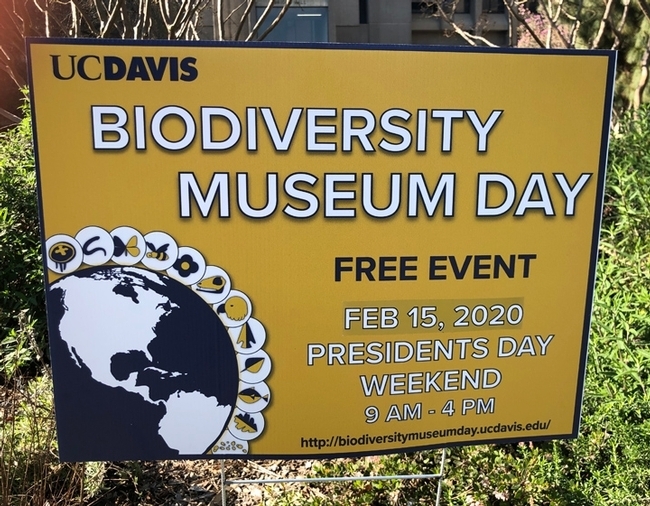
Gabrielle Nevitt, a 25-year member of the UC Davis faculty, is a leader in the field of chemical ecology. She is known for her pioneering work in the sub-Antarctic that established a climate regulator, dimethyl sulphide, as a keystone foraging cue in marine ecosystems.
Her research frequently appears in leading scientific journals, including Science, Nature, and Proceedings of the National Academy of Sciences, and has been featured in many documentaries, including David Attenborough's “Life of Birds.” She is spotlighted in a popular Audubon piece, "Birds Can Smell, and One Scientist is Leading the Charge to Prove It."
Nevitt has served as a contributing lecturer in the International Course on Sensory Ecology at Lund University in Sweden since 2008 and was the first woman ever to chair the Scientific Advisory Board for the Max Planck Institute of Ornithology in Germany.
A graduate of Stanford University, Nevitt received her doctorate in zoology from the University of Washington, and served as a postdoctoral researcher in the Department of Neurobiology and Behavior at Cornell University. She has mentored some 60 undergraduate, graduate and postdoctoral scholars in her lab, as well as serving in advisory roles to graduate students at other institutions.
Melanie Truan
Melanie Truan, 16 years in her current position, received her doctorate in ecology in 2004 from UC Davis, studying the plants and animals of Putah Creek and laying the groundwork for a long-term research program that continues today. She is particularly interested in the art of eco-investigation, “a sort of detective work that employs in-depth observation and species monitoring to infer the structure and function of ecosystems, the results of which can be used to devise habitat reconciliation strategies and management objectives.” She holds a bachelor's degree in biology/environmental studies (1996) from UC Santa Cruz.
Truan says she is a self-professed "biophiliac" (E. O. Wilson 1984), bearing a strong urge to affiliate with other forms of life.
UC Davis Biodiversity Museum Day
The ninth annual UC Davis Biodiversity Museum Day, an annual science-based event, is billed as a “free, educational event for the community where visitors get to meet and talk with UC Davis scientists from undergraduate students to staff to emeritus professors and see amazing objects and organisms from the world around us,” according to Biodiversity Museum Day coordinator Tabatha Yang, education and outreach coordinator for the Bohart Museum of Entomology. Last year's event drew more than 4000 visitors. The event is always held the Saturday of Presidents' Day weekend.
The schedule is online at http://biodiversitymuseumday.ucdavis.edu/schedule.html.
Participating museums or collections and the hours they will be open:
- The Botanical Conservatory, the Greenhouses along Kleiber Hall Drive, will be open from 9 a.m. to 4 p.m.
The following five will be open from 9 a.m. to 1 p.m.:
- Arboretum and Public Garden, Shields Oak Grove, alongside the Vet School, Garrod Drive on campus
- Bohart Museum of Entomology, Room 1124 and Main Hall of the Academic Surge Building, Crocker Lane
- California Raptor Center, 340 Equine Lane, off Old Davis Road
- Museum of Wildlife and Fish Biology, Room 1394 and Mail Hall, Academic Surge Building, Crocker Lane
- Paleontology Collection, Earth and Physical Sciences Building, 434 LaRue Road
Two collections will be open from 10 a.m. to 2 p.m.:
- Phaff Yeast Culture Collection, Robert Mondavi Institute of Wine and Food Science, 392 Old Davis Road, on campus
- Viticulture and Enology Culture Collection, Robert Mondavi Institute of Wine and Food Science, 392 Old Davis Road, on campus
These five will be open from noon to 4 p.m.:
- Anthropology Museum, 328 Young Hall and grounds
- Center for Plant Diversity, Sciences Laboratory Building, off Kleiber Hall Drive
- Häagen-Dazs Honey Bee Haven, Bee Biology Road, off Hopkins Road (take West Hutchison Drive to Hopkins)
- Nematode Collection, Sciences Laboratory Building, off Kleiber Hall Drive
- Marine Invertebrate Collection, Sciences Laboratory Building, off Kleiber Hall Drive
All 13 sites are within walking distance except for the Häagen-Dazs Honey Bee Haven on Bee Biology Road and the Raptor Center on Old Davis Road. Further information, including a campus map, is available on the UC Davis Biodiversity Museum Day website.
Attached Images:
